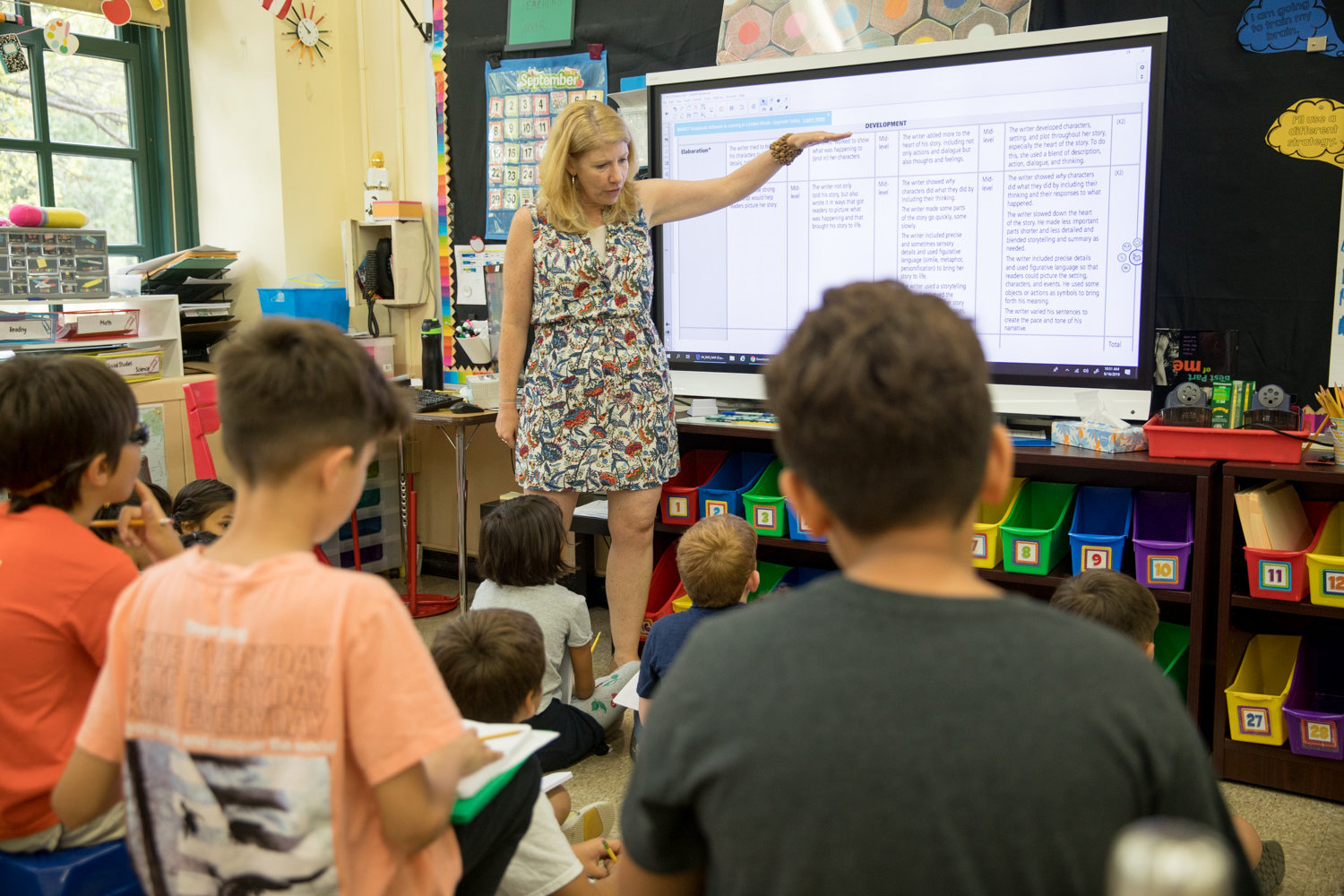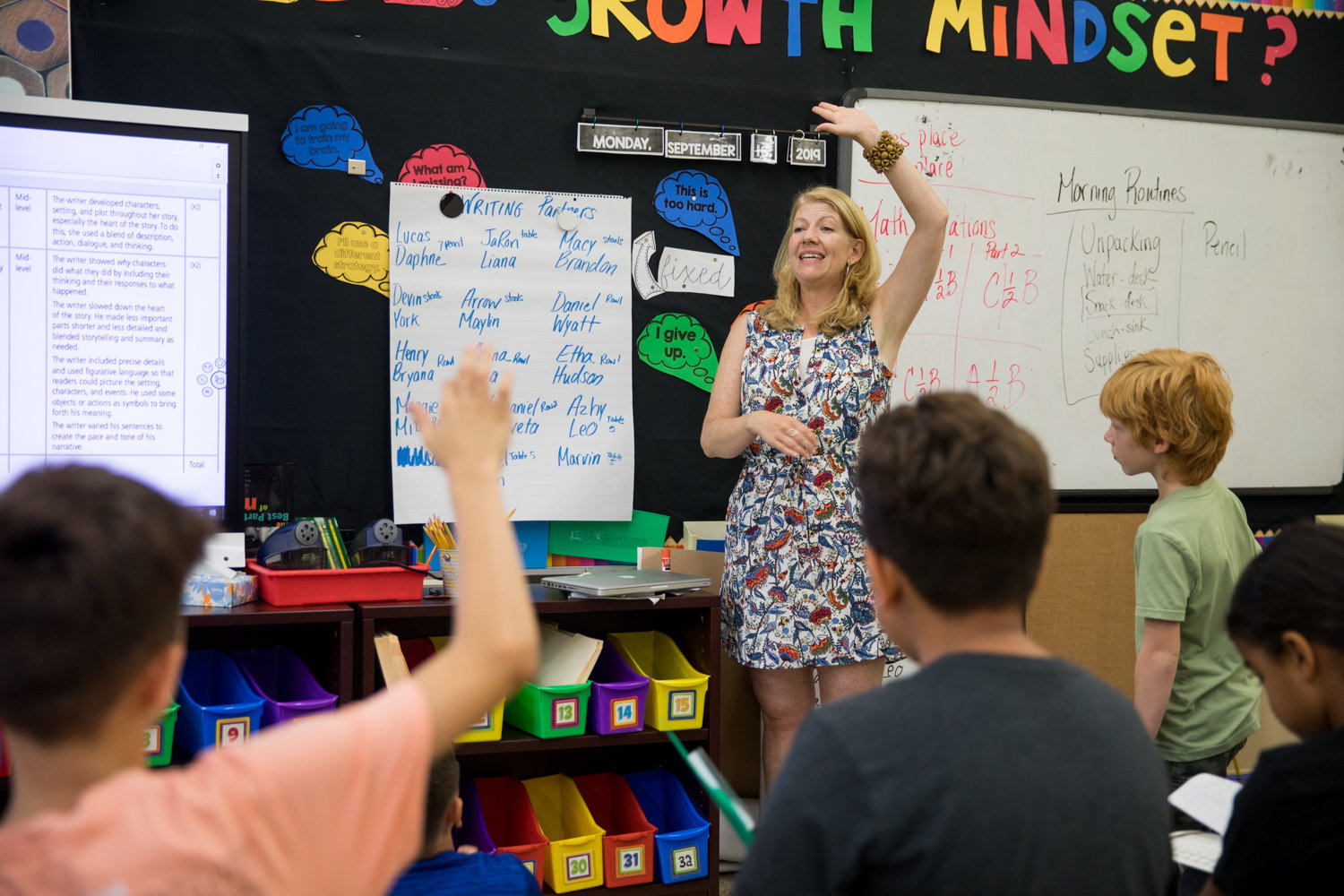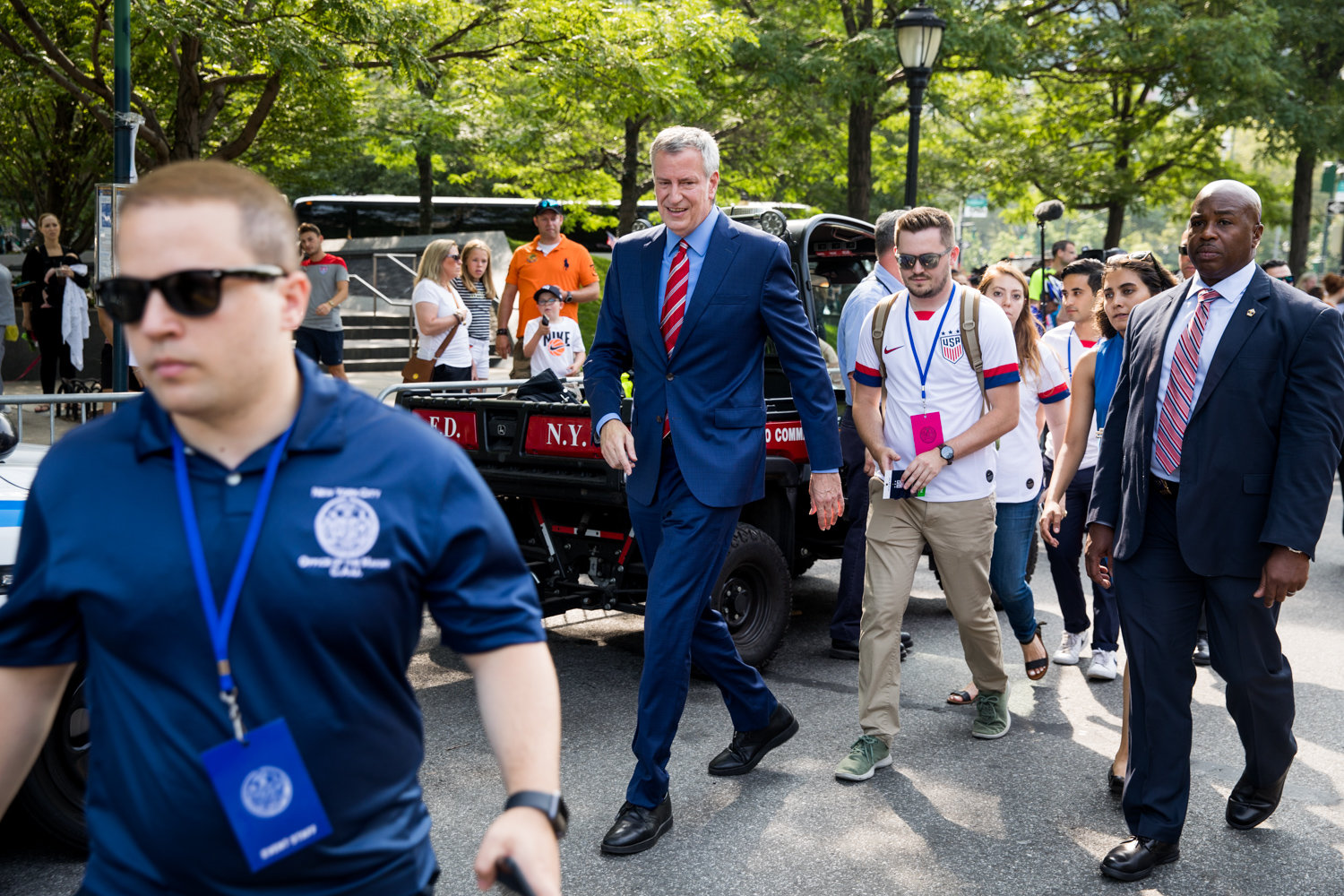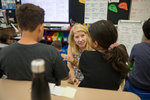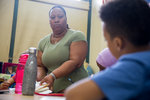Diaz fights back against plans to scuttle school G&T programs
Mayor Bill de Blasio’s school diversity advisory group has a recommendation for the education department’s gifted and talented program: Shut it down.
Concluding the programs unfairly discriminate against black and Latino students — coupled with the fact city schools are said to be still widely segregated — de Blasio’s advisory group says new programs focused on such students should not be implemented, and that existing programs should stop enrolling new students until they fizzle out.
But that sentiment is an unpopular one, especially in the outer boroughs where some of the city’s top elected officials — like Bronx borough president Ruben Diaz Jr. — are taking a stand against it. Gifted and talented programs, Diaz says, provide a vital service for public school students.
Getting in
All it takes to get into a gifted and talented program is earning the right score from from a test administered to students between kindergarten and third grade. Most typically take the test at 4, where their reasoning and comprehension skills are evaluated both verbally and non-verbally.
Scoring well on the test opens a student up to a program designed to provide specialized educational opportunities for what the city deems to be “exceptional” students. Yet, the program has been scrutinized in the past with claims that black and Latino students are widely under-represented.
Diaz, who was part of a gifted and talented program at P.S. 31 in Concourse Village, opposes the changes. Without his time in a gifted and talented program as a boy, he says he never would have become the person he is today.
“The whole school was dedicated gifted and talented,” Diaz said of the school, located on East 156th Street. “Today, in District 7 in the South Bronx, there is not one single class with gifted and talented.”
There are two branches of gifted programs. There are citywide programs where an entire school like the one Diaz attended is dedicated to gifted and talented. More common are the district programs, where zoned middle and elementary schools have a gifted program with one class per grade.
There are no dedicated gifted schools in the Bronx or Staten Island. Of the five schools that still exist, two are in Manhattan, two are in Queens, and one is in Brooklyn.
Limited choice
Only two schools in the greater Riverdale area have gifted and talented programs: P.S. 24 Spuyten Duyvil and P.S. 7 Milton Fein School on Kingsbridge Avenue.
“We use the exact same curriculum and content as general education, but the pace is a lot faster, the level of discourse is extremely high for students,” said P.S. 24 principal Steven Schwartz. “If you look at our program, it reflects diversity. We have a very diverse community, and that mirrors itself in the gifted and talented program.”
Schwartz doesn’t think the program should be scrapped altogether, but wouldn’t complain at all for a chance to implement changes that could make schools’ gifted and talented programs larger and more inclusive.
“We should give students more opportunities for enrichment, more opportunities for students to get into the program,” he said. “What that may mean is that we shouldn’t limit the amount of seats. We have to be capped at 32. Other children are not given the opportunity because of that number.”
Diaz agrees that opportunities should be expanded, and not limited purely to academic pursuits.
“We should not only increase seats for accelerated learning,” the borough president said. “Gifted and talented comes in many forms. Kids are into art, into tech, into music. The solution cannot be that we stop challenging our kids where their strengths are.”
Schools should not only offer enrichment to gifted and talented students, Schwartz said, but to all students school-wide. After-school programs and specialized classes could provide such broader enrichment.
“Enrich students not just based on their background. What resources can we provide schools so we are able to advance to the 21st century?” Schwartz said. “What type of programs, curriculum, and what interactions can they have with one another to ensure that they have a great future and can succeed at a very high level?”
Better access to tests
According to the city’s education department, white and Asian students dominate gifted and talented programs, despite making up just 35 percent of kindergarteners during the 2017-18 academic year. At the same time, white and Asian students are more likely to take the test than black or Latino kindergarteners.
The scarcity of programs in the Bronx presents challenges to students and parents, too. P.S. 7 and P.S. 24 are two of only nine programs in the borough. If a student is accepted, they may have to travel a long way to get to their program — especially if they are accepted to one of the dedicated gifted schools outside the borough.
Parents are stressed because of the distance their children would have to travel to get to a program, Diaz said. Those families would have to spend time and money on transportation. And with working parents with young children — especially based on the Bronx’s general economic demographics — getting to a faraway school may just not be possible.
There are ways to fix the program without scrapping it, however, Schwartz and Diaz said. One solution could involve adapting tests to allow a more fair and inclusive admissions process.
“No test is perfect, there are pros and cons to each assessment,” Schwartz said. “They could be looked at more closely.”
Diaz is open to implementing an honor system, where teachers or principals identify accelerated learners in their classrooms and recommend them for gifted and talented programs. In fact, that’s the way the program worked when he was accepted, Diaz said.
Even if tests are to remain, they can be improved, Diaz added. Many parents are not aware of the tests, meaning fewer students are tested, and fewer students are eligible.
“If not enough students are eligible, that doesn’t warrant more classrooms,” he said. “If you test all the kids in District 7, and only 10 percent of them are eligible, that’s still 100 to 115 students. How many classrooms would that create?
“I have not heard one minority parent say that we should do away with gifted and talented. When we say the system is rigged against us, we don’t mean do away with it. Make it better.”




